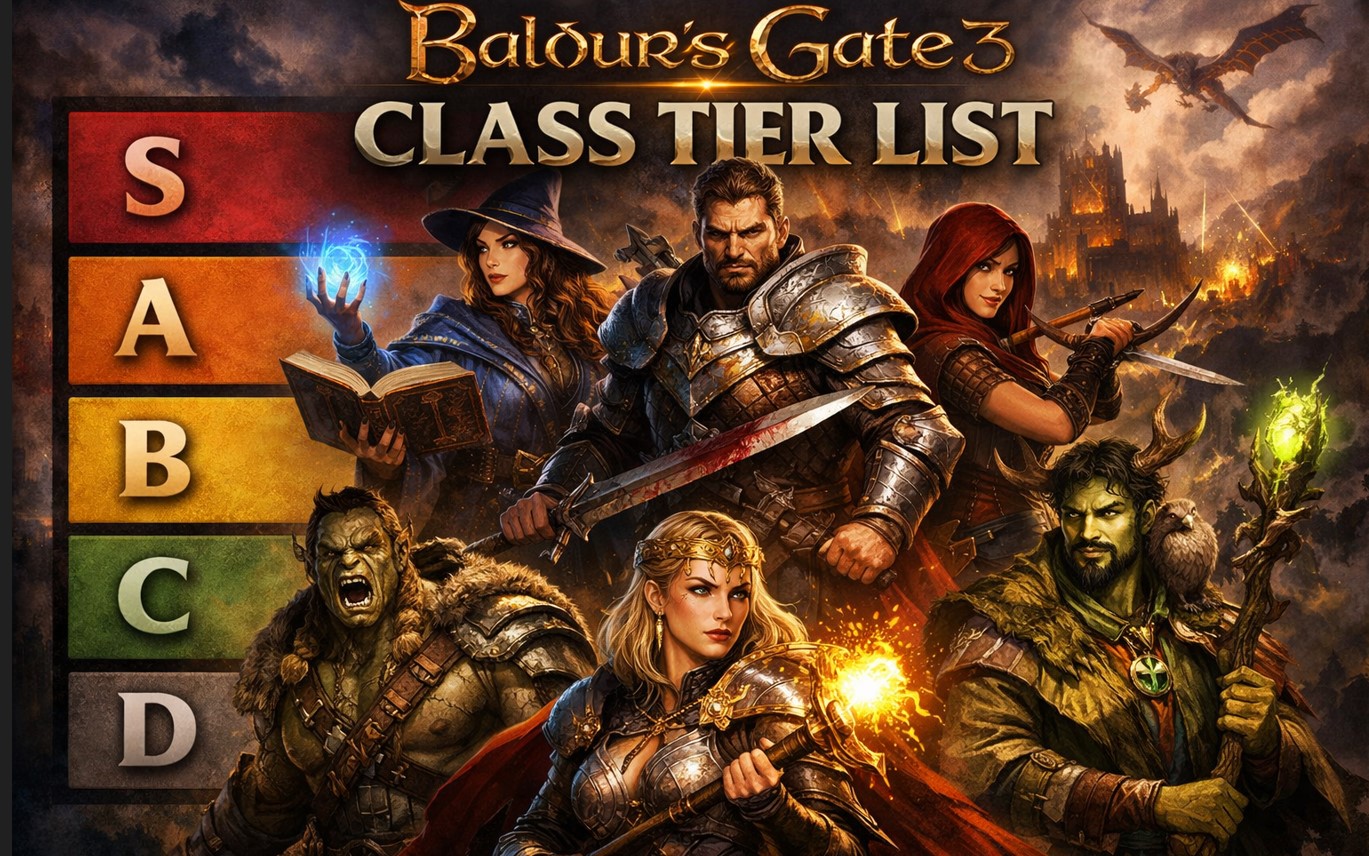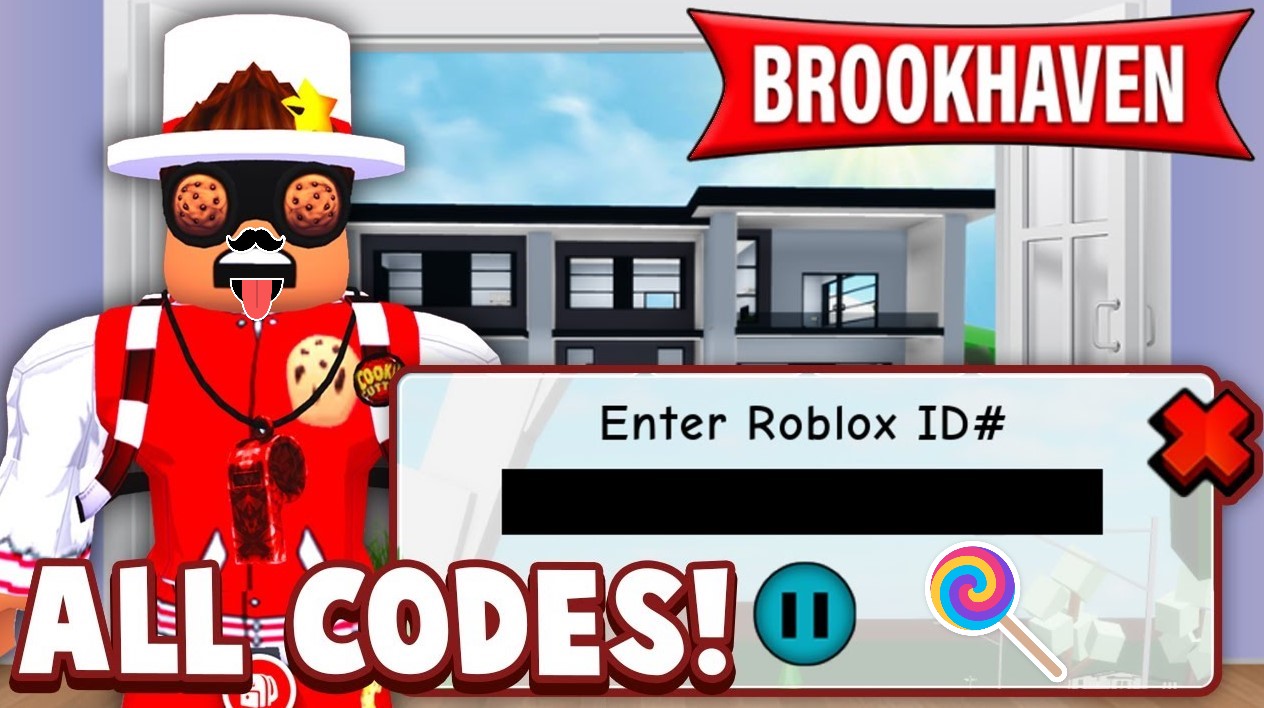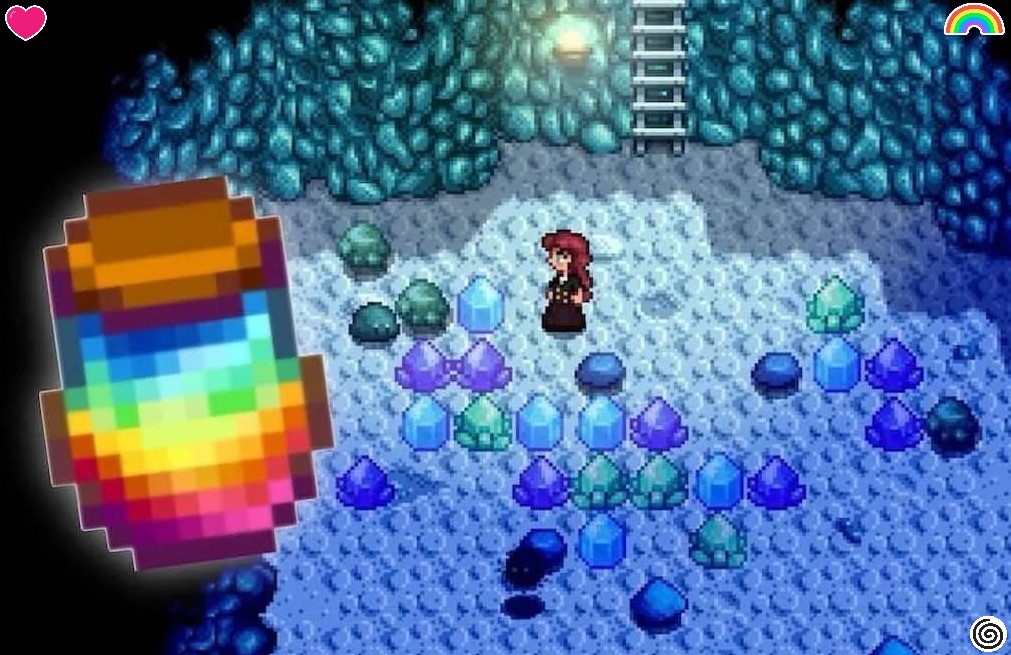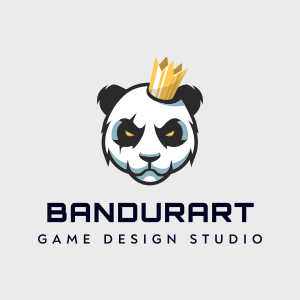What Is Pixel Art Environment in Video Games?
To understand how pixel art environment is used in video games, imagine painting a picture with small, colorful tiles. Similarly, in game design, every pixel has a purpose and place to help create backgrounds or scenes forming your game’s world – this style of graphics known for its low resolution brings back memories from the early days when artists had tight boundaries.
Even with simple visuals, pixel art can create captivating and engrossing environments for players. The BandurArt team offers insights about how to learn and create pixel art environments at ease.
Why Is Pixel Art So Popular Among Indie Developers?
The pixel environment art and pixel art in general remain a favorable pick for indie game creators.
These are a few reasons why this old-school style remains one of the best art styles for contemporary video games:
- Retro esthetics;
- Budget-friendly art style;
- Everyone can learn how to do this, even with minimal drawing skills;
- Many tools and software you can use free or cheap;
- Fewer creative limitations – you can create almost anything in pixel art;
- Vast and dedicated community;
Just check this Reddit thread and you will understand why so many indie game developers love pixel art environment and backgrounds.
![]()
Top 5 Games With the Best Pixel Art Environment
Surely, to create the pixel art environment at its best, you are to learn from the best. The BandurArt team gathered a fairly good collection of popular games with distinctive pixel art backgrounds. Learn from the best and become the best!
- Animal Well
This recent Metroidvania game features beautiful pixel art graphics with a straight focus more on the gameplay than its story. It offers a new experience with difficult puzzles requiring lateral thinking. Pixel art styles’ detailed and atmospheric environment makes the exploration an eye-catching pleasure.
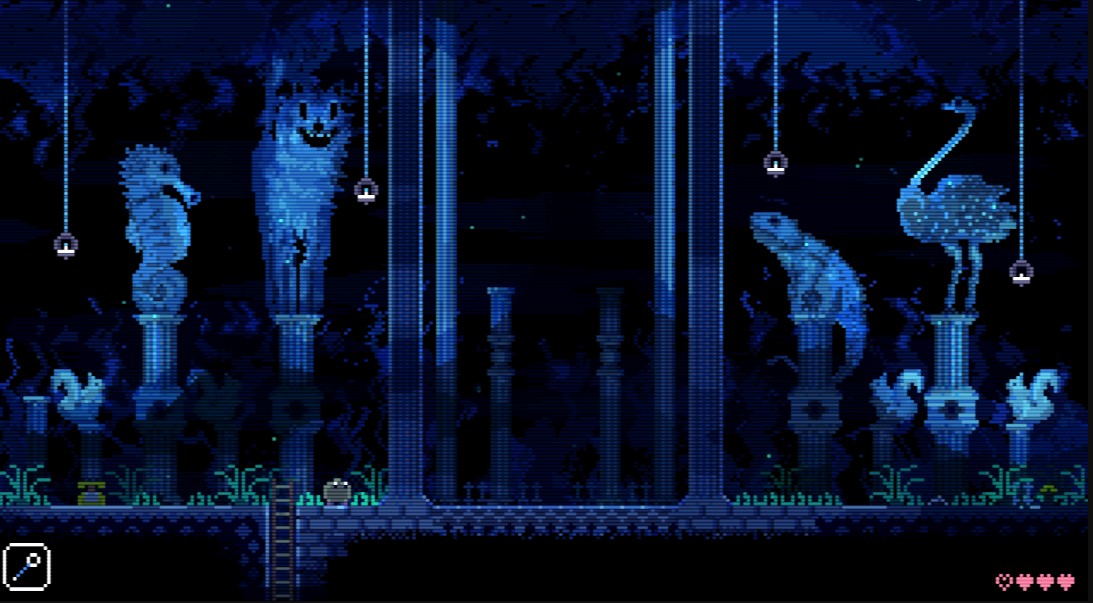
- Prodeus
Prodeus is a shooter from the first-person perspective that mixes pixel graphics with current gaming methods. The game offers adjustable graphic settings, which means players can adjust how it looks according to what they like. It stays true to its old-school origins while still giving a modern feel.
- To the Moon
With a distinct story and moody visuals, To the Moon is an unforgettable game that puts the narrative first. The emotions in the pixel art environment enhance its significance, making it one of a kind.
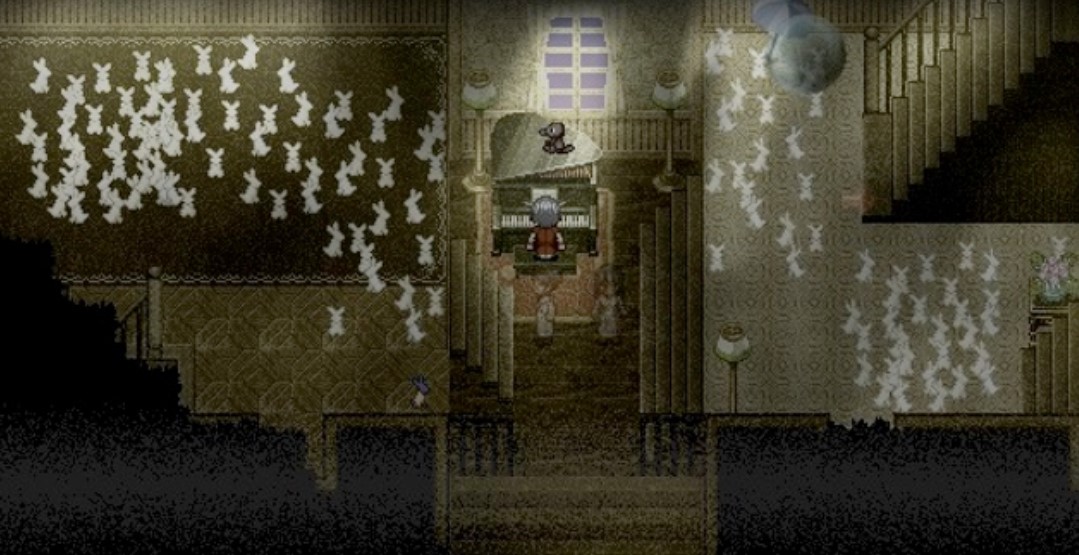
- Moonlighter
A delightful combination of shop management and dungeon exploration, brought to life with stunning pixel art. The attractive gameplay of Moonlighter is enhanced by its appealing and lively settings, making it a pleasingly fun encounter for the eyes.
Also, it is worth checking such titles as The Last Spell, Graveyard Keeper, Eldest Souls, Hero’s Hour, Octopath Traveler, Blasphemous, Celeste, Hyper Light Drifter, Terraria, etc.
What Tools and Software Do You Need To Create a Pixel Art Environment?
Special tools and software that fit well for pixel artists are needed to make pixel art environments.
Many pixel artists like using Adobe Photoshop because it has a lot of tools and features. The Pencil and Line tools in Photoshop help with the exact placement of pixels, while its editing abilities and support for layers make it very useful. For your pixel art to be kept in its best form, you need to save it as PNG or GIF files.
GIMP, a.k.a. GNU Image Manipulation Program, is also a strong choice. This software can be used for free and you may find many functions similar to Photoshop in it such as layers and different drawing tools. If you are looking for a free pixel art tool, then GIMP might be the ideal option.
![]()
Aseprite is a software specifically made for pixel art designers. The program has gained popularity among those who love this form of artwork. The program allows for precise drawing at the pixel level, it supports animation features too – all while providing an easy-to-use interface. These unique aspects make Aseprite perfect when one wants to create intricate environments using pixels. It will cost you $ 19.99 for a license; also, there is a free trial.
GraphicsGale is a graphic editor focusing on pixel art and animation. It’s offered in free and paid versions. This tool is known for its multiple image creation tools, along with the capability to make animations. GraphicsGale can save pixel art images in PNG format and it’s simple to learn.
![]()
Pixilart is a vast online database that contains over 2,000,000 images in pixel art, including gorgeous environments. This software allows you to make pixel art in a web browser. It gives simple functions for drawing pixels, dithering, frame animation, etc. This makes it handy to sketch the ideas or prototype the objects/characters for your pixel art game.
Clip Studio Paint is adaptable digital art software that can help in making pixel art too. It has features like anti-aliasing control, layers, and many brushes with many customization options. For making pixel art, it’s crucial to turn off anti-aliasing settings so that the pixels look really sharp. The full Pro license will cost you from $ 54. There is also a free trial version.
Moreover, there are other software quite useful as well. People often use Pyxel Edit recognized for its tile-based editing, specifically great for the in-game pixel art environments. Also, there is Krita, a free open-source program with strong drawing and editing features. Piskel is an online tool that can be used without downloading, it concentrates on creating sprites and pixel art animations.
These are the major tools the BandurArt team uses and recommends because they actually help a lot. If you are interested in the professional art services of our developers and designers, feel free to write us any time to get a profound consultation.
How to Make Pixel Art Environment Tiles – Basic Steps
To make pixel art environment tiles you just have to follow a few simple steps. Although the exact methods and workflows may differ, the basics are always the same:
- Plan and Create a Concept
First, you can sketch your thoughts for the pixel art environment. Think about the main idea, style, and elements that you want to have in this space. Consider which kinds of tiles are necessary like ground tiles, walls, objects, or decorations to make it look more lively and interesting.
- Define Tile Size
Choose the size of your tiles. Usually, it can be 8×8 or 16×16 pixels in dimension. This allows for simple tiling and offers sufficient detail to make attractive environments.
- Create The Basic Pixel Art Environment Tiles
Begin with making the base tiles of your environment. These are the main building blocks that will be used repeatedly on the level. Create designs for ground tiles, walls, and other simple elements that will shape its structure.
- Add Variation
To avoid the same pattern, you can make different types of your base tiles. This change could be in color or by putting small details on them; it could also involve altering the shape or texture of these tiles. When you bring in slight variations, the setting starts to feel more organic and visually engaging.
![]()
- Consider Tiling
Make certain that your tiles tile together without clear seams or gaps. Give close attention to the edges of your tiles, and ensure they fit well with each other when put side by side. This will permit you to construct bigger, unbroken surroundings that are not visibly separated.
- Create Object Tiles
Craft more tiles for objects, props, and decorations that will fill your environment. You can use these to represent trees, rocks, furniture, and other elements that contribute to detail and complexity in the scene. Confirm that these object tiles align with the grid of your base tiles.
- Test and Iterate
Test your tiles by putting them together from time to time. See how they look as a complete group and adjust as necessary for a unified and visually appealing setting. Keep testing and making changes to perfect your designs.
- Organize and Export
After making all the tiles, arrange them in a logical order. Save your tiles in a file format like PNG or GIF to maintain pixel integrity.
Tips for Creating a Pixel Art Environment:
- The more you practice and experiment, the better your pixel art will become;
- Study the artwork of other creators for inspiration ideas and discovering new methods;
- Detail and variation are important tactics to use in creating pixel art environments;
- Focus on basic shapes and gradually add details;
- Choose the colors that match the mood and theme of your game;
- Apply shading and dithering to add texture and layering;
- Focus on the small things that can truly make a difference. For instance, add to your pixel art environment street lamps, benches, and signs are what bring your environment to life;
Where to Learn How to Become a Pixel Artist?
To become a master in creating the environment in pixel art style, you are to learn from the best sources. It is quite easy to do if you know where to look for. Check the recommendations gathered by the BandurArt team.
Start with the Fundamentals of Art and Drawing
The initial step is to comprehend ideas such as viewpoint, illumination and darkness, theory of colors along with body structure. These fundamentals are very important for converting objects from the real world into good pixel art. Start with easy subjects such as basic shapes, cups, balls, and flowers. Once you master these fundamentals, creating more complicated pixel art will become simpler.
Practice, Practice, Practice
The more you make pixel art, the superior your skill will become. Engage in pixel art challenges or “pixel dailies” for regular practice. Imitate the styles of pixel art that you like, copy their techniques, and then use these methods in your original creations.
Use the Right Tools and Software
There are programs made for pixel art that we have already covered earlier. They have specific features that work well with this kind of art. Photoshop or GIMP can also work well for pixel art environments but you must adjust them to ensure precise pixel editing (for example, turning off anti-aliasing and setting up a grid system).
Learn from Tutorials and Online Resources
Watch the video tutorials from pixel artists who have experience. Many YouTube channels offer useful understanding and methods for people just starting to those at an advanced level. The thread r/gamedev on Reddit are two-pixel art community that you can join. They provide tips, give feedback, and offer inspiration to help with your work.
![]()
For example, this YouTube video tutorial explains in detail how to create the basics of a pixel cube art environment.
Develop an Eye for Detail and Design
Work hard at grasping the principles of pixel placement, color selection, shading, and animation. Such elements are essential to enhancing your overall look. Examine the work of pixel artists who are good at their craft. You will comprehend how they make choices and pay attention to details, which may greatly improve your artistic abilities.
Frequently Asked Questions
- Which is easier to make – 64 x 64 or 32 x 32 environment in pixel art?
Making a 64×64 pixel art world is usually more simple compared to one of 32×32 because the bigger size gives room for detailed and complicated designs. With extra space, you can put in diverse landscapes, intricate buildings, and complex textures without feeling too crowded.
In comparison, when working in the 32×32 pixel art environment, you should be more precise and controlled as each pixel matters. Such a smaller size may prove difficult but it encourages you to concentrate on transparency, which could improve your pixel art skills. So, even though 32×32 is more difficult to create, it can be an investment in crucial pixel art skills.
- Is it possible to create a pixel art environment for top-down games?
Good top-down pixel art environments use contrast, noise, and limited palettes to make sure the in-game scenes are visually attractive and easy to understand. Thanks to numerous tutorials, you can learn about the methods to draft terrain and add complex features to both terrain and buildings. Also, making textured forms of trees is important for making attractive pixel art environments with a top-down perspective.
A few top-down pixel art games you can check for inspiration are:
- The classic Pokémon games with recognizable pixel art style;
- The original Final Fantasy game on the NES looks stunning and inspiring;
- Secret of Mana is an action RPG with awesome pixel art graphics;
- Chrono Trigger uses a unique top-down perspective with a sky and ocean in the background;
- Stardew Valley uses pixel art for its characters, buildings, and environments in a top-down perspective;
- Moonlighter combines shop management with dungeon crawling;
- Eldest Souls is another action RPG for its characters and environments in a top-down perspective;
- Hyper Light Drifter features pixel art in a top-down perspective with a focus on exploration and combat;
- Eastward uses stylish pixel art for its characters, buildings, and environments;
- Garden Story is a cozy game that features cute pixel art;
- What are the key characteristics of pixel art?
Pixel art has specific characteristics that define its unbeatable style. The core idea is the intentional placement of pixels, where each pixel is put in a certain place to create the image straight from the image or creator’s mind. An artist should be able to work in the pixel art environment and characters to the smallest detail.
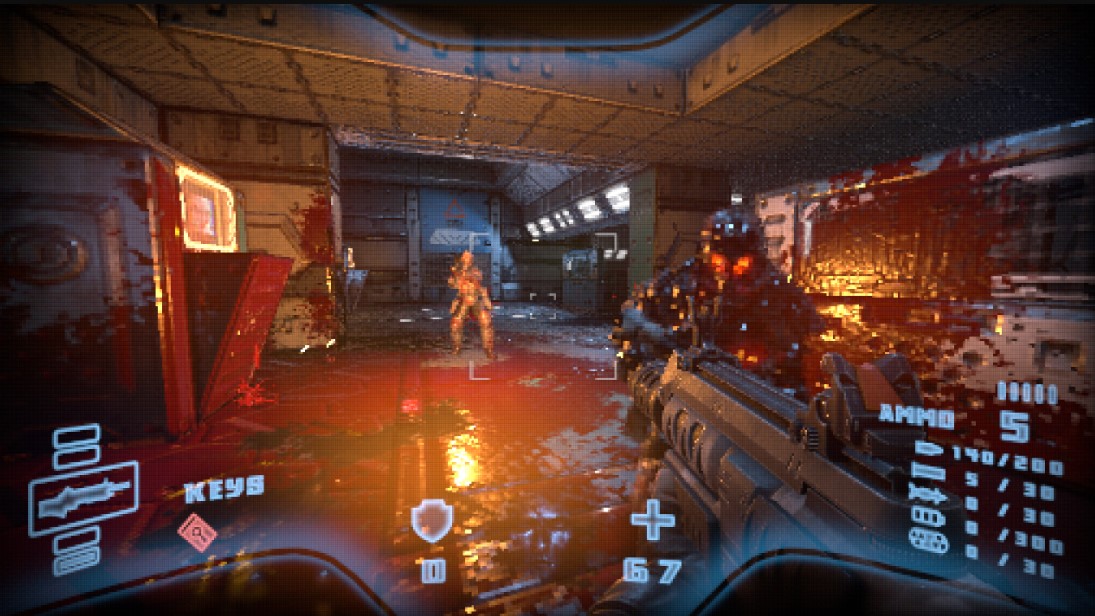
The key features of pixel art are:
- Pixel clustering makes depth and texture more noticeable by grouping similar colored pixels;
- Dithering techniques use specific pixel patterns to simulate extra colors and shading;
- Anti-aliasing smooths out rough edges, making it look more real;
Usually, tiny sizes of pixels such as 1×1 or 2×2 ensure a high level of detail and accuracy. Because it comes from the starting point of retro video games, the artworks made with pixels bring up nostalgia and are an essential part of retro-style visuals.
- How to make an image into pixel art?
Well, there are a lot of online services you can use to convert any photo or meme into pixel art and then improve your project. Just remember about the copyright issues! Some of the most effective methods are:
- Pixelicious is a great beginner-friendly online instrument to transform any images into pixel art, with the ability to adjust pixelation levels and remove backgrounds.
- Pixelied is a cloud-based online platform where you can upload images and convert them into pixel art in mere seconds. Users can also change the pixelation levels or add the borders;
- PixelMe AI is free of charge and based on the Artificial Intelligence tools;
If you don’t trust your images to online services, there are a few popular software tools you can use for the same purpose. For example, there is a corresponding plugin for Adobe Illustrator. Another great option is a Javascript tool called Pixel It.
- What are some of the most popular styles of pixel art?
So hard to answer this question because there are so many unique art styles in this specific category. The urban environment in pixel art, old-school and retro-nostalgic style, isometric/top-down perspectives, neon-like cyberpunk vibes, beautiful fantasy settings, gloomy post-apocalyptic backgrounds and so much more. Look around for the pixel art style that fits your game best. Pixel art is flexible and still loved by many creators and players.
Conclusion
The BandurArt team humbly hopes that our guide to the nuances of creating the pixel art environment is going to be useful for beginner developers. No matter how ambitious is your project, you need to learn the basics of pixel art before working on more complicated graphics. We strongly recommend studying a few courses dedicated to pixel art on YouTube or Udemy/Coursera.

